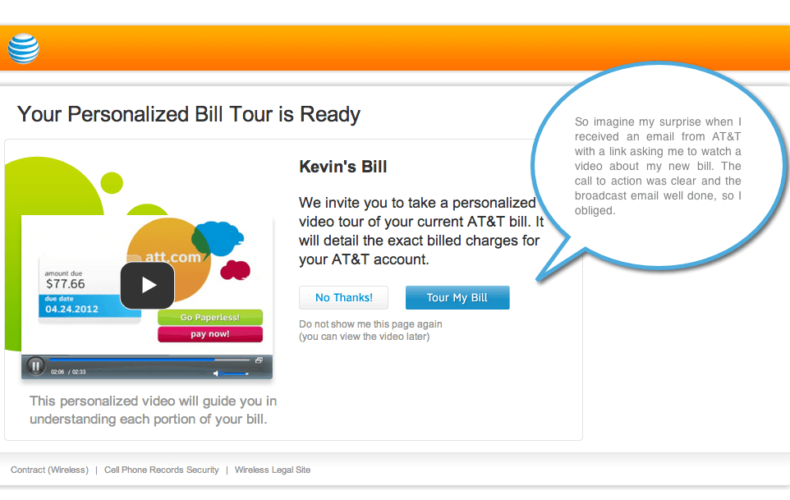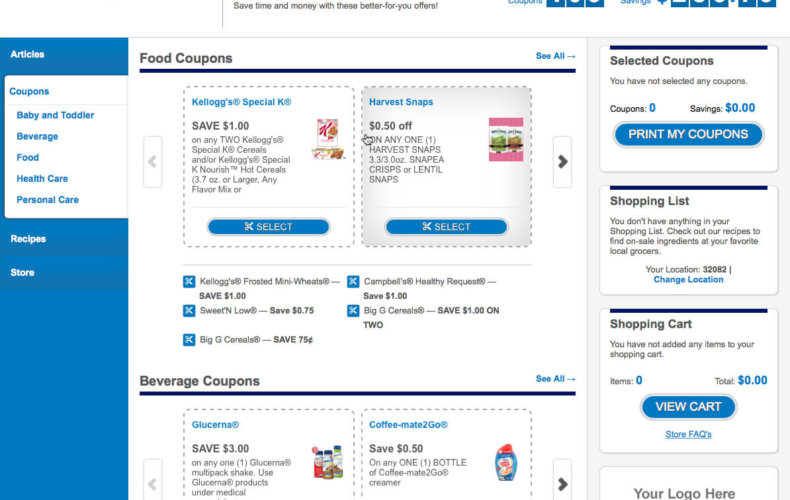This is a tale of two customer conversations about healthcare reform. The first is conducted by an insurer and the second by a large consumer financial services company. Guess which one tells a better story. Here is a hint, not the health insurer. This article is not about picking on one or the other. It is about trying to uncover why healthcare companies have such a hard time communicating about their industry in a manner that is simple, clear, and effective. I set out to make a fair and honest comparison, and was actually disappointed in how bad the insurer got it.
Why Communication is so important to Win Health Insurance Business
The battle for healthcare communication must be fought and won. As we head into the first enrollment period under the new Affordable Care Act (ACA), most small businesses do not have a clear or accurate understanding of what will be required of them to “play.”
This is a problem. I advocate that small businesses have the most change thrust upon them, and make up the market that is most competitive in the health insurance landscape.
I am not talking about the U.S. Small Business Administration’s (SBA) definition of a small business, which includes operations with up to $7 million in revenue or 500 employees. I am talking about the ACA definition of a small business – those with 50 employees and under, which includes most of the businesses in the country. To put this in perspective, according to the to the most current U.S. census data, companies with 9 employees or less make up 95% of small businesses.
Provisions in the new law present difficult new decisions regarding healthcare benefits for companies of this size. Some employers must cover insurance for their staff or face a penalty. Some employers are exempt from having to buy insurance for their employees. Some can even be subsidized. Here are some examples:
- A small business with 50 full-time equivalent employees is required to provide coverage for employees who average 30+ hours a week, or a penalty will be applied.
- A small business with less than 25 employees that pays average annual wages under $50,000 may qualify for a small business tax credit of up to 35% (up to 25% for non-profits) to offset the cost of insurance.
- A small businesses may be eligible to use the new Small Business Health Option Program (SHOP) Exchanges to pick a plan they want their employees to enroll in. In 2014, the employer selects the plans, and employees choose from the selected options. In 2015, this changes to the employers selecting an actuarial value level and the employees selecting any plan in that range.
So you would think Health Plans would be beating the streets to get the message out to all small employers. It stands to reason that the Health Plan that does the best job of explaining healthcare reform and its implications on small businesses (thus taking a burden of information off of the small business owner) will probably be the plan that the employer selects for his employees in 2014. Assuming the Plan does a good job in 2014, there is a strong chance that the employees will keep that same Plan Carrier in 2015 and beyond. Yet, according to the infographic above, more than half of the exempt small businesses do not understand the basics of the equation. Who will win this business? The ones that does the best job explaining it!
2013 a critical year to compete for the small business health insurance.
But, healthcare reform affects more than just small businesses. It affects many individuals who are not on employer insurance roles as well. To put this in perspective, according to the World Bank the total US workforce numbers a little more than 158 million. By 2015 there will be 70 million independent 1099 contractors. That means that almost 50% of the US workforce will be an independent worker by 2015. What are insurers plans to win this growth market?
2014 is critical year to compete for the under 65 consumer market.
What is Considered Good Communication?
H&R Block understands this cause and affect and has already started its communications to both groups. After filing my taxes this year, I was prompted to engage with the following interactive explanation of how the new healthcare reform law will affect me and my taxes. I made a quick video of what I thought were the highlights.
You can try it for yourself here: http://www.hrblock.com/healthcare/#.UWbNVSvzYm7
Now juxtapose this to a more comprehensive and confusing explanation by a major insurer. I was not prompted in the course of another action as I was with H&R Block, so I did what we all do to learn – I started with a Google search. This page is what came back, so I clicked the top result.
As I was trying to make sense of the overwhelming amount of information, unprompted CIGNA asked ME how to make THEIR website better. This survey was unbelievable to me. They actually interrupted a bad experience to make it worse.
And to boot, the dialog that I did not want and had to click to get rid of had errors on the page. Look n the upper left corner and notice the infamous “image not found” image. And to really go over the top, CIGNA gave me instructions on something I did not ask for and did not want, which put the burden on me. I was not here to help them with their website – I was hear to help myself learn about healthcare reform and somehow I am now roped into giving them my feedback. But even that was not easy. Take a look at the actual instructions they gave me – “When you click “Yes, I would”, another browser window will open for the survey. Please return to your open Cigna.com window, complete your visit, and then return to the survey window. All input you provide is strictly confidential.”
I had to go somewhere else, to do something I did not want to do, to help CIGNA, and then they had the brass to ask me to return to the page I was confused on in the first place to complete the business I was here for – absolutely unbelievable!!!
When will the insurance companies get it right? If H&R Block can do it, I expect them to be able to as well.
To your health,
The Team at imagine.GO






















